D206806
1,1-Diphenylethylene
97%
동의어(들):
α,α-Diphenylethylene, 1,1-Diphenylethene, 1,1′-Ethenylidenebis[benzene], 1-Phenylethenylbenzene, Rhodium acetate
로그인조직 및 계약 가격 보기
모든 사진(1)
About This Item
Linear Formula:
(C6H5)2C=CH2
CAS Number:
Molecular Weight:
180.25
Beilstein:
1099062
EC Number:
MDL number:
UNSPSC 코드:
12352100
PubChem Substance ID:
NACRES:
NA.22
추천 제품
분석
97%
양식
liquid
refractive index
n20/D 1.608 (lit.)
bp
270-271 °C (lit.)
mp
6 °C (lit.)
density
1.021 g/mL at 25 °C (lit.)
저장 온도
2-8°C
SMILES string
C=C(c1ccccc1)c2ccccc2
InChI
1S/C14H12/c1-12(13-8-4-2-5-9-13)14-10-6-3-7-11-14/h2-11H,1H2
InChI key
ZMYIIHDQURVDRB-UHFFFAOYSA-N
유사한 제품을 찾으십니까? 방문 제품 비교 안내
유해 및 위험 성명서
예방조치 성명서
Hazard Classifications
Aquatic Chronic 2
Storage Class Code
10 - Combustible liquids
WGK
WGK 3
Flash Point (°F)
235.4 °F - closed cup
Flash Point (°C)
113 °C - closed cup
개인 보호 장비
Eyeshields, Gloves
이미 열람한 고객
E Bignon et al.
Biochemical and biophysical research communications, 166(3), 1471-1478 (1990-02-14)
Protein kinase C (PKC) I (gamma), II (beta) and III (alpha) subspecies are all activated by 1,1-di-(p-hydroxyphenyl)ethylene derivatives (DPE) at micromolar concentrations. This PKC activation depends on the presence of both Ca2+ and phosphatidylserine (PS) but does not require diacylglycerol
Hongru Li et al.
Journal of fluorescence, 21(4), 1721-1728 (2011-03-04)
This article presents a comprehensive theoretical investigation of excited state intramolecular proton transfer (ESIPT) for some newly-designed diphenylethylene derivatives containing 2-(2-hydroxy-phenyl)-benzotriazole moiety with various substituted groups. The calculation shows the structural parameters and Mulliken charges of phototautomers enol (E) and
Moballigh Ahmed et al.
Chemistry (Weinheim an der Bergstrasse, Germany), 13(5), 1594-1601 (2006-11-09)
Starting from [{Rh(cod)Cl}(2)] and 1,3-dimesitylimidazole-2-ylidenes the novel [RhCl(cod)(carbene)] complexes 1-5 have been synthesized, characterized, and tested in the hydroaminomethylation of aromatic olefins. The influence of different ligands and reaction parameters on the catalytic activity was investigated in detail applying 1,1-diphenylethylene
C Strömpl et al.
Archives of environmental contamination and toxicology, 33(4), 350-356 (1998-01-31)
Bacterial degradation of 1,1-dichloro-2,2-bis-(4-chlorophenyl)-ethylene (DDE) and its dehalogenated derivative 1,1-diphenylethylene (DPE) has not yet been shown and may require culture adaptation and special culture conditions. We compared the degradability of DPE, DDE, and pentachlorophenol (PCP) in aerobic/anaerobic sequenced batch reactor
Debajyoti Ray et al.
Environmental science & technology, 45(23), 10061-10067 (2011-11-11)
We measured the kinetics of ozonation reaction of 1,1-diphenylethylene (DPE) in artificial snow, produced by shock freezing of DPE aqueous solutions sprayed into liquid nitrogen. It was demonstrated that most of the reactant molecules are in direct (productive) contact with
자사의 과학자팀은 생명 과학, 재료 과학, 화학 합성, 크로마토그래피, 분석 및 기타 많은 영역을 포함한 모든 과학 분야에 경험이 있습니다..
고객지원팀으로 연락바랍니다.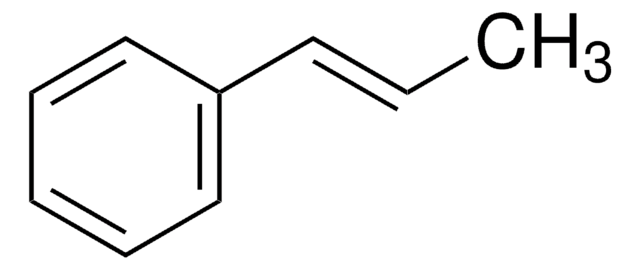
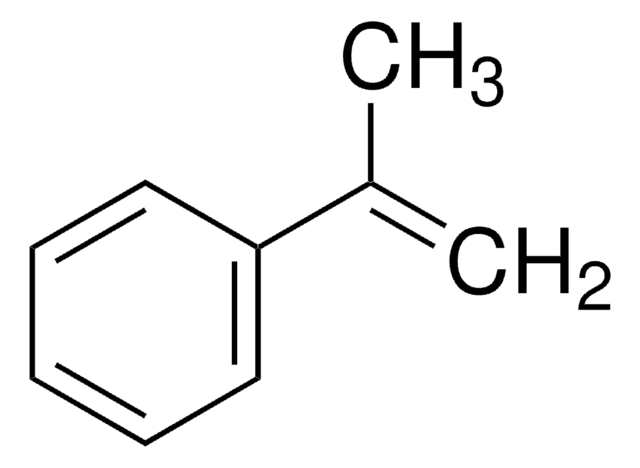
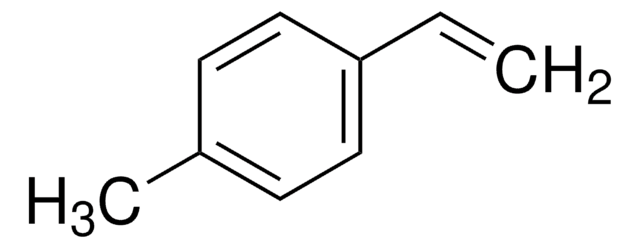
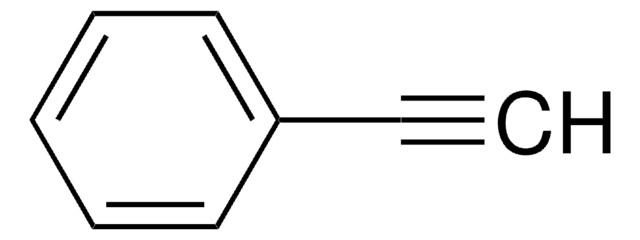
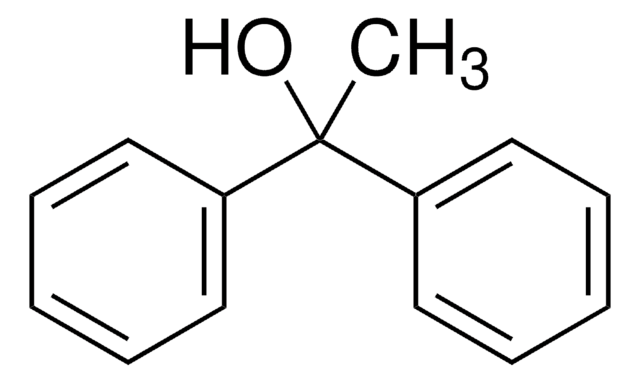
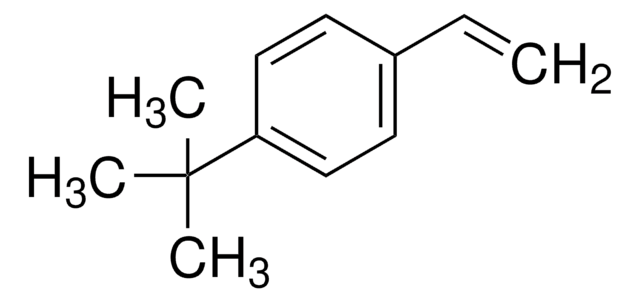

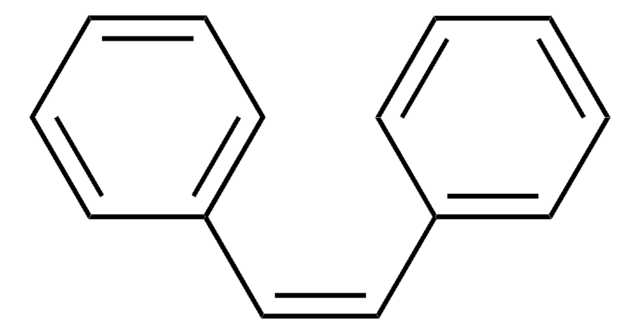

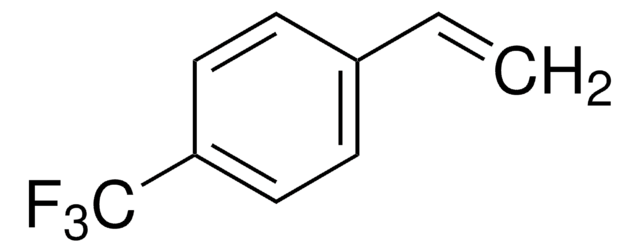

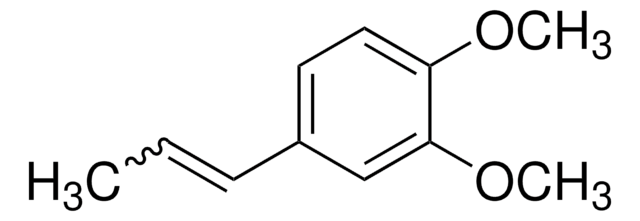
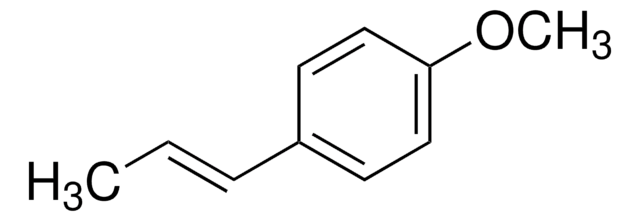
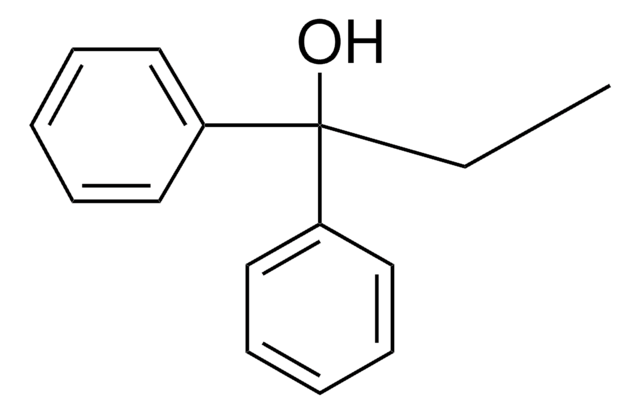
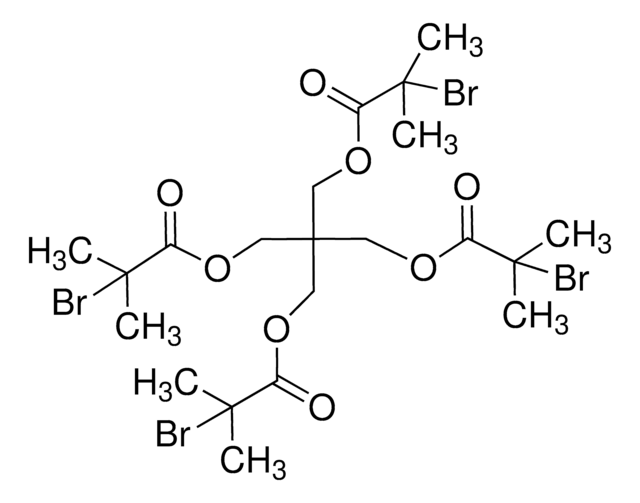

![[Ru(bpm)3][Cl]2](/deepweb/assets/sigmaaldrich/product/structures/409/623/77fb16dd-36fb-4159-9213-b4d57470be15/640/77fb16dd-36fb-4159-9213-b4d57470be15.png)